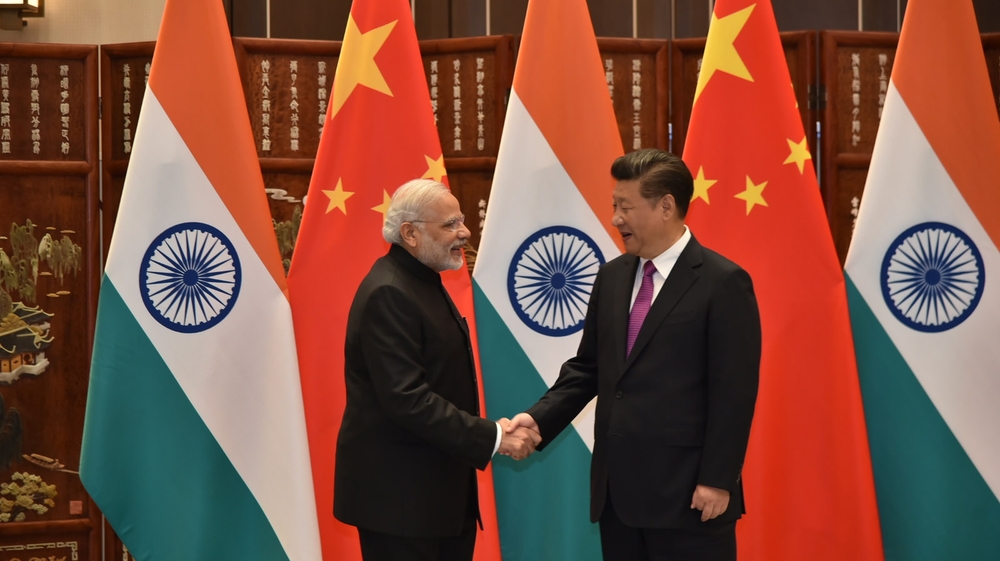Published
- 4 min read
China-India Relations: A Path to Understanding in a Changing Asia

The Evolving Dynamics of China and India Relations
The recent revival of India-China diplomatic ties at the BRICS Summit in Kazan marks a significant turning point in their tumultuous relationship. After years of tension following the Galwan Valley clash, this rekindling offers hope for fostering cooperation between two ancient civilizations that together house over one-third of the world’s population. As the geopolitical and economic landscape evolves, the importance of understanding and leveraging each other’s strengths has never been more critical.
Bridging Historical Civilizations Amidst Modern Tensions
Both India and China share a rich history of cultural and economic exchanges, dating back to the ancient Silk and Cotton Routes. Buddhism, originating in India, found a flourishing home in Chinese society, as seen in the grottoes of Luoyang. However, contemporary interactions have often been marred by political disputes and differing trajectories. While China leveraged its centralized planning for rapid economic and infrastructure development, India embraced a more democratic but uneven path.
Despite these differences, their shared civilizational wisdom and growing global influence demand a renewed focus on collaboration. Events like the China National Academy of Governance conference highlight the potential of cultural and historical dialogues as a foundation for trust.
Shared Challenges and Divergent Strategies
India and China face similar domestic challenges: managing vast populations, ensuring economic equity, and achieving sustainable development. Both nations aim to solidify their positions in a multipolar world order, striving for a voice in multilateral platforms. Yet, their approaches diverge sharply.
China’s rapid ascent in manufacturing and infrastructure development stems from its disciplined governance model and long-term vision. The Belt and Road Initiative exemplifies this, showcasing China’s ability to execute projects at scale, integrating global supply chains, and embedding itself in international systems. Meanwhile, India has prioritized leveraging its democratic diversity, human capital, and IT services, gradually scaling up its infrastructure development with initiatives like the Smart Cities Mission and significant highway expansions.
Learning from Each Other’s Strengths
While China demonstrates mastery in scale and discipline, India offers lessons in navigating diversity and fostering innovation within a democratic framework. India’s IT prowess and global managerial talent pool are areas where China can draw inspiration. Conversely, India can adopt elements of China’s centralized long-term planning and execution to accelerate its infrastructure development.
The Modi government has taken steps in this direction, emphasizing discipline and efficiency in governance. Initiatives such as Make in India and Digital India are attempts to replicate China’s manufacturing and technological strides, albeit tailored to India’s socio-political context.
Pathways to Cooperation
The re-establishment of dialogue presents opportunities for India and China to focus on areas of mutual interest:
-
Trade and Technology: Bilateral trade, particularly in technology and pharmaceuticals, can drive economic growth. China’s expertise in hardware manufacturing and India’s software capabilities make them natural partners in the global tech ecosystem.
-
Cultural Diplomacy: Leveraging their shared civilizational past can enhance people-to-people connections, fostering goodwill. Collaborative restoration of Buddhist sites and cultural exchanges could strengthen ties.
-
Climate Action: As large emitters, joint efforts on renewable energy and sustainable development can significantly impact global climate goals.
-
Multilateral Engagement: Both nations benefit from a stronger voice in global governance. Aligning strategies in BRICS, the Shanghai Cooperation Organization (SCO), and the G20 can amplify their influence in shaping international policies.
A Vision for Asia’s Future
As two giants of Asia, India and China’s relationship will significantly influence the region’s future. Their combined economic heft and population make them pivotal to global stability and growth. While competition is inevitable, collaboration offers a pathway to shared prosperity.
By focusing on mutual respect and understanding, both nations can navigate their differences and harness their collective strengths. In a world increasingly defined by geopolitical shifts, the reinvigoration of India-China relations is not just a bilateral necessity—it is a cornerstone for a more balanced and multipolar global order.
